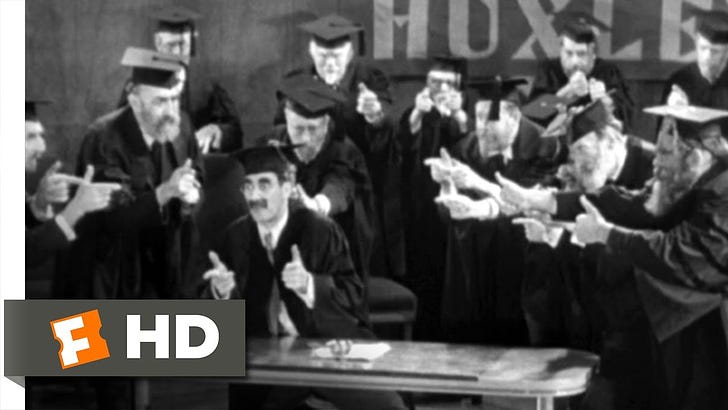In the wake of the Vianne Timmons scandal, her backers in Generic Canadian University’s top bureaucracy promised to fix things, as bureaucrats, enablers, and other perpetrators do when they’ve been caught out.
They promised to hire an outside consultant who would help them find a sure-fire test of race - that is really what “Indigenous identity” is - that would not rely on a person saying they were or implying they were an Indigenous person. That’s known as self-identification.
The university BEP in charge of this dodge didn’t use those words. She used the modern bureaucratic dialect:
“The scope of the work is essentially to conduct engagement sessions or consultations with groups throughout the province, but also internal to the university with Indigenous students, faculty, and staff. That will help guide us toward the development of a policy around Indigenous verification."
The italics are the more nakedly bureaucratic bits. The bolded bits point to who they are talking with.
The bolded and italicised words are the goal, which is singularly modern, Canadian, and bureaucratic in that it aims to have some machine that university officials can waive over someone to pronounce their racial identity is officially approved. Think of it as a cross between a tricorder from Star Trek and the RCMP’s “fruit machine” from the 1950s but without the moral integrity of Star Trek’s attitude to idiotic concepts like race yet with all of the immorality and stupidity of the Mountie’s efforts to find some fool-proof way to spot the cops at the time called “fags” and “queers” within the federal government.
Like the self-licking ice cream cone, the GCU BEP’s game is a self-lampooning absurdity.
The *really* inconvenient "Indians"
There’s a Newfoundland law that might still be in force. It dates from before 1916 and makes it illegal for anyone to take an Inuit or Innu person from Labrador to display in an exhibit without the prior approval of Cabinet. Across North America and in Europe in the 1800s, traveling shows displayed people from the around the world who were considered exotic or different from the locals. They were especially popular in Germany well into the 1920s and in both Canada and the United States, spectacles and circuses like
Keep reading with a 7-day free trial
Subscribe to Bond Papers to keep reading this post and get 7 days of free access to the full post archives.




